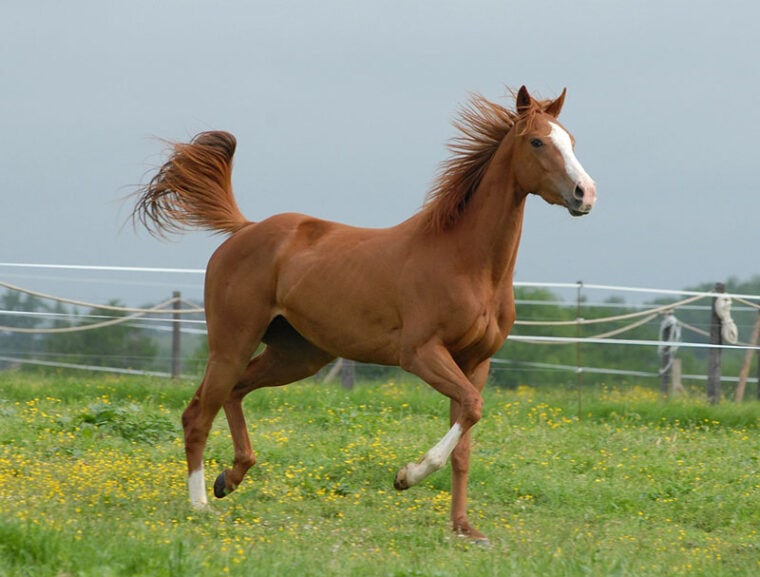
Click to Skip Ahead
If you are trying to get into the world of horses, you are likely going to come across a plethora of terms that might seem confusing and interchangeable. You could come across phrases like yearling filly, aged stallion, or friendly broodmare. To the uninitiated, these phrases are going to be unhelpful. Horses come with a host of gendered descriptors. Once you learn these terms, identifying a horse at a glance will be easy.
Male and female horses each have their own language that describes their age and breeding status. It might seem overwhelming at first, but learning these terms is helpful and easy to do. Here is everything you need to know about horse gender terminology in one simple guide.
Gender Chart
| Young | Standard | Parent | Breeding | Non-Reproductive | |
| MALE | Colt | Stallion | Sire | Stud | Gelding |
| FEMALE | Filly | Mare | Dam | Broodmare | N/A |
Male Terms
Colt
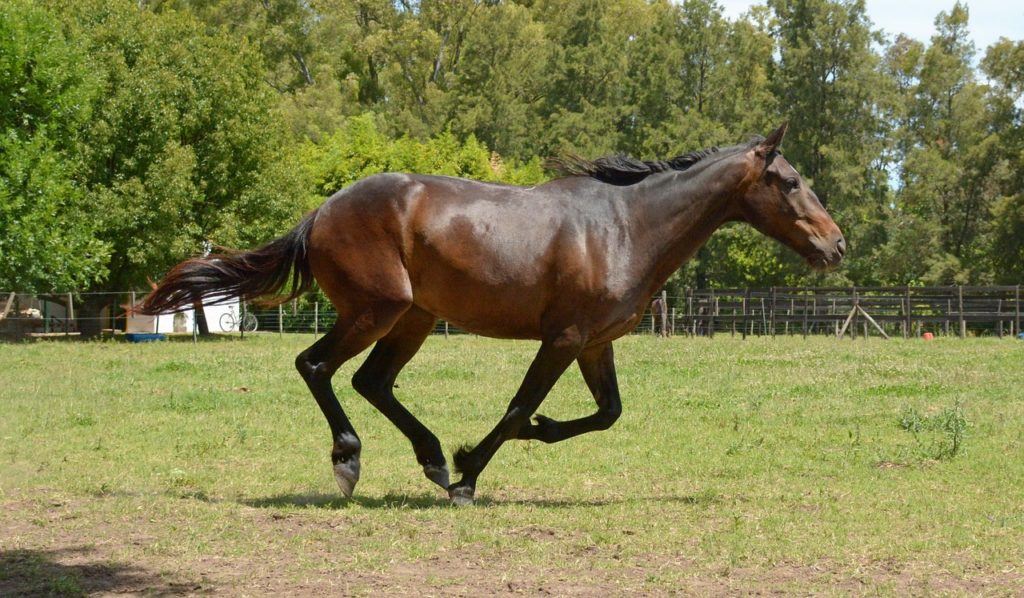
| Male: | less than 4 years old |
Colts are male horses that are younger than 4 years old. Colts have not been neutered and typically have not been bred. Most breeders won’t transition a colt into a stud until they are at least 3 years old, but often older.
Stallion
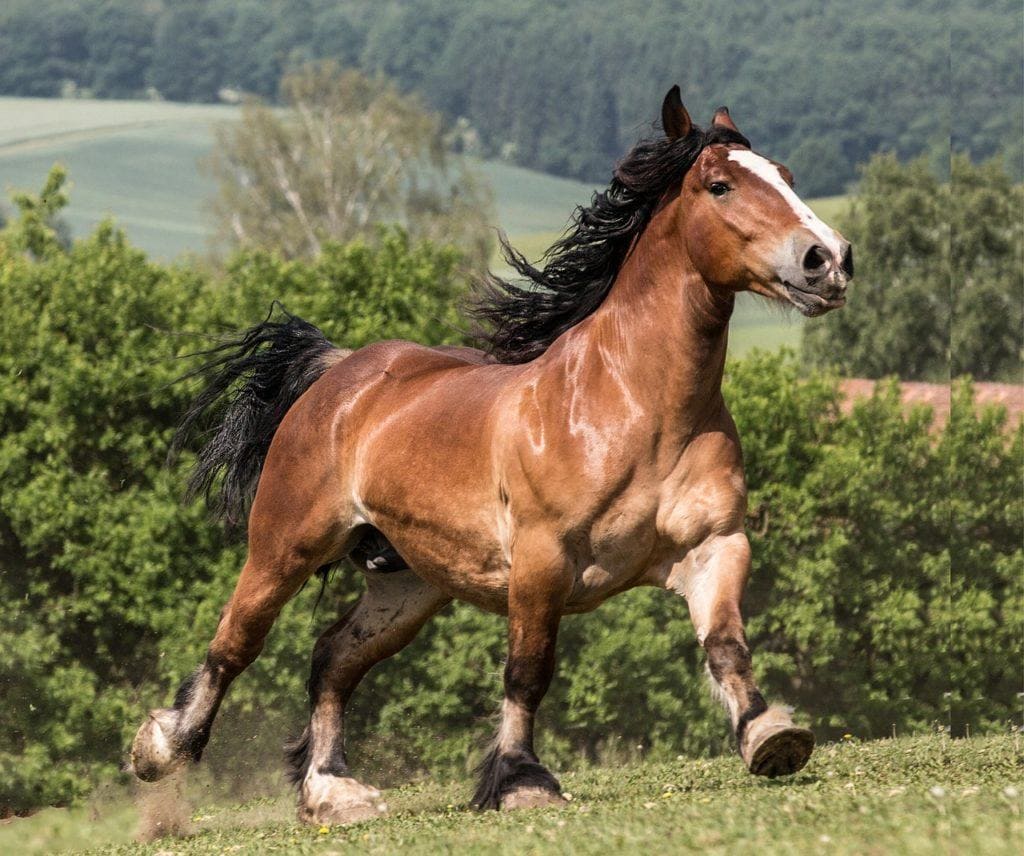
| Intact male: | 4 years and older |
A stallion is an adult horse that has not been neutered. Horses are considered stallions if they are 4 years old or older. Not all stallions are used for breeding, and whether a horse has been bred or not does not have any bearing on whether it is considered a stallion. Most people will only keep stallions if they are being used for breeding, but that is not always the case.
Stud
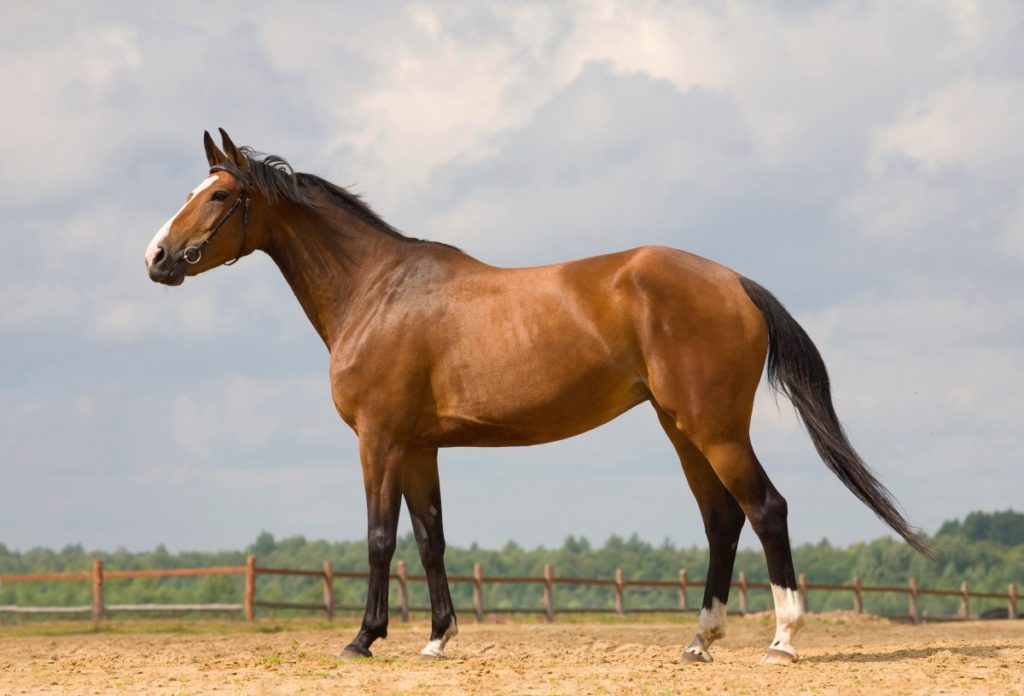
| Intact male: | used for breeding |
A stud is a stallion that is actively being used for breeding. Most studs do not start being bred regularly until they are at least 3 years old. Stud is a term for a captive horse. Wild horses are not generally considered studs.
Gelding
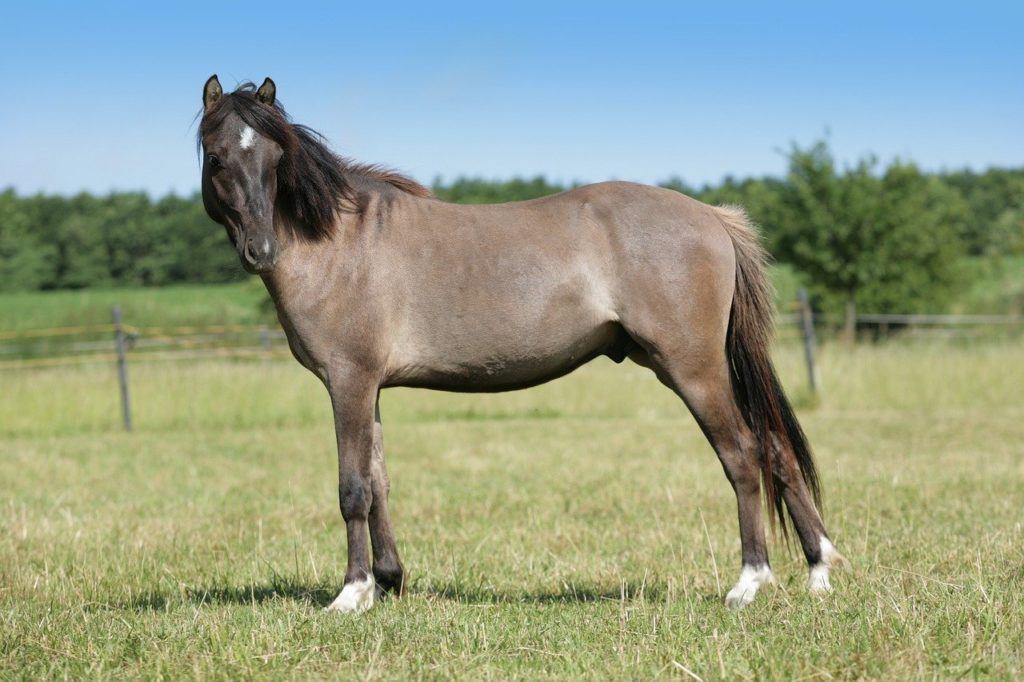
| Intact male: | any age after castration |
A gelding is a male horse that has been castrated. Many captive horses are geldings since stallions can be hard to deal with. Many horse owners choose to castrate their male horses if they are not active breeders in order to improve their temperament and make them easier to ride, train, and handle.
Sire
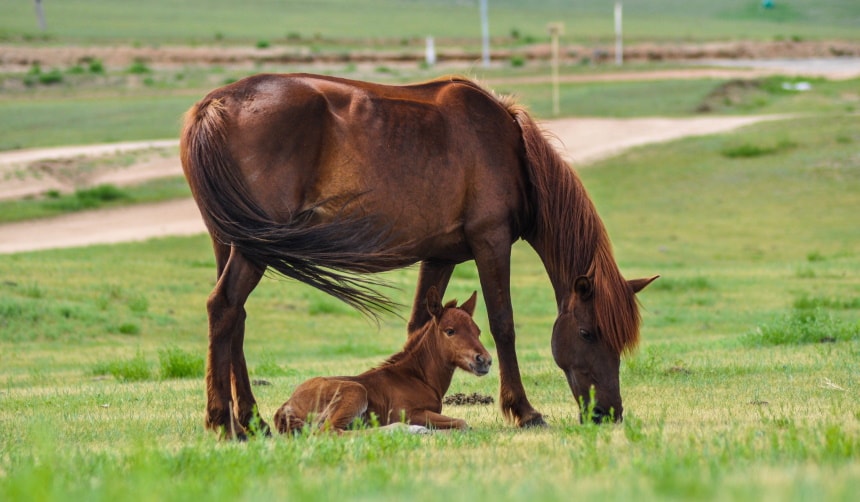
| Intact male: | father to at least one foal |
A sire is a male horse that has fathered a foal. The term sire is typically used when describing a horse’s parentage or lineage. A horse is only considered a sire if they have fathered at least one foal. Sire is basically the horse terminology for father.
Female Terms
Filly
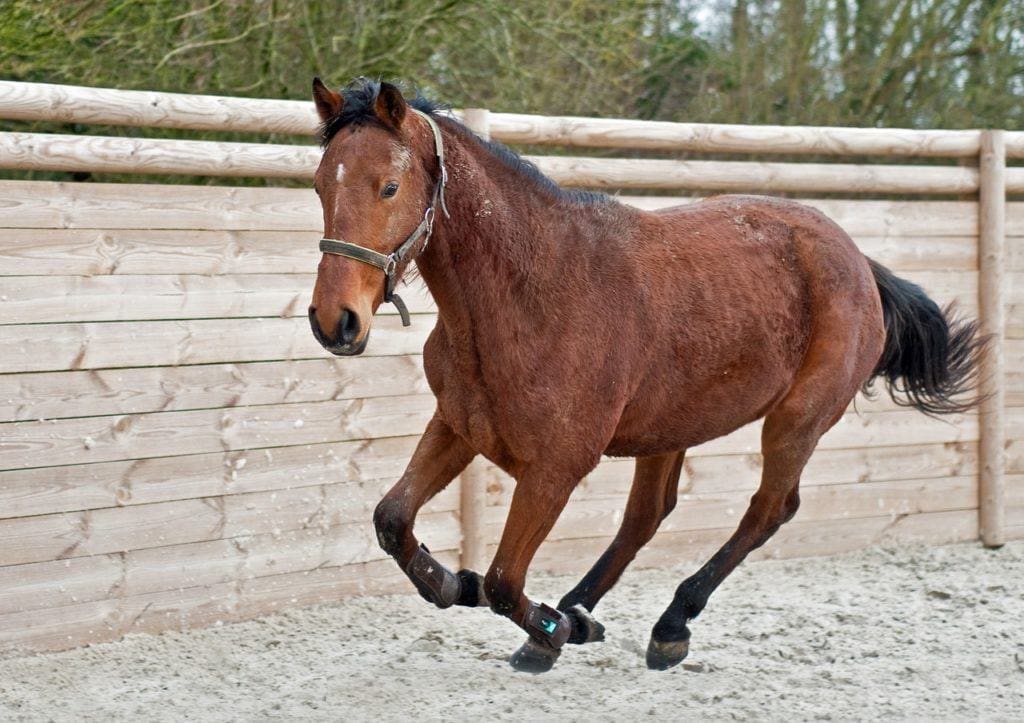
| Female: | 4 years and younger |
A filly is a female horse that is 4 years old or younger. Some people consider horses to be fillies until they are five. There can be some overlap where people consider females to be fillies through 5 years old. In either case, filly is used to describe a young female horse. Typically, fillies have not yet been bred or given birth to any foals.
Mare
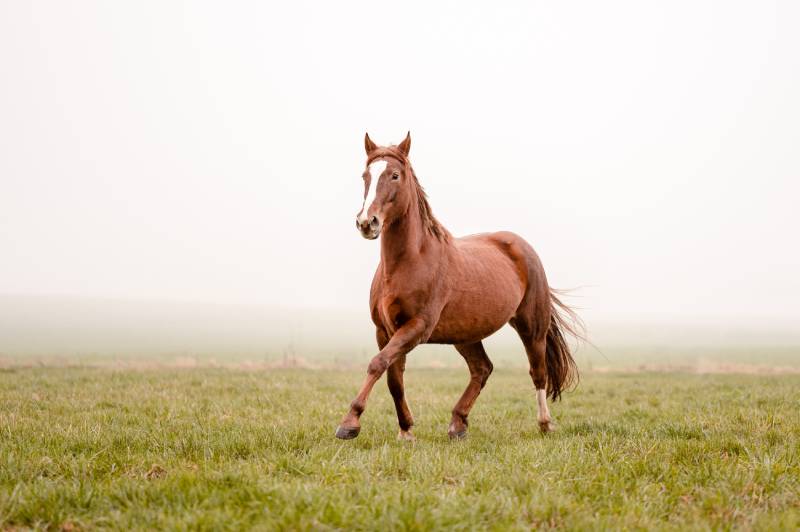
| Female: | 5 years and older |
The word mare is used to describe any adult female horse. Any female horse that has reached 4 years of age or older is considered a mare.
Broodmare

| Female: | used for breeding |
A broodmare is a mare that is being raised or kept for breeding. Broodmares can carry multiple foals to term through their life. Broodmares are specifically raised and kept for breeding purposes. Having one foal on purpose or by accident does not necessarily make a mare a broodmare.
Dam
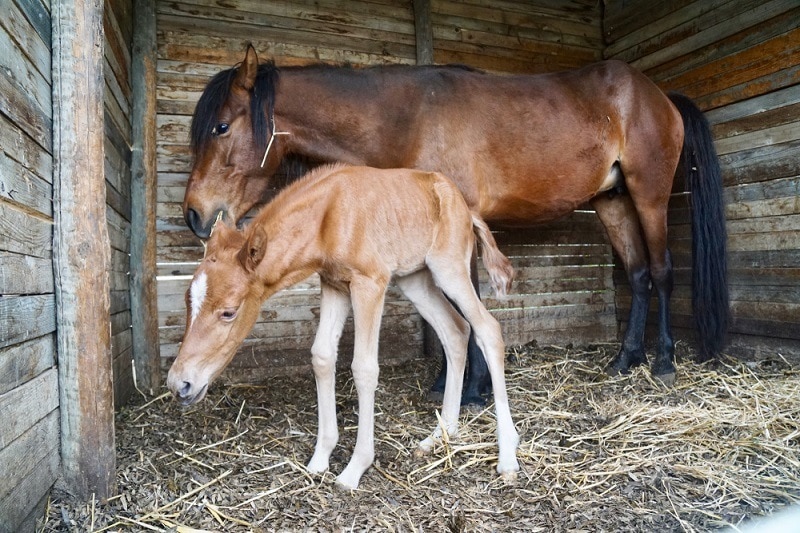
| Female: | mother |
A dam is a mare that has had at least one foal. The term dam is used to track a foal’s parentage or lineage. It is the horse equivalent terminology of the word mother. If you see the word dam in relation to a horse, it describes the horse’s mother.
Gender Neutral Terms
Foal
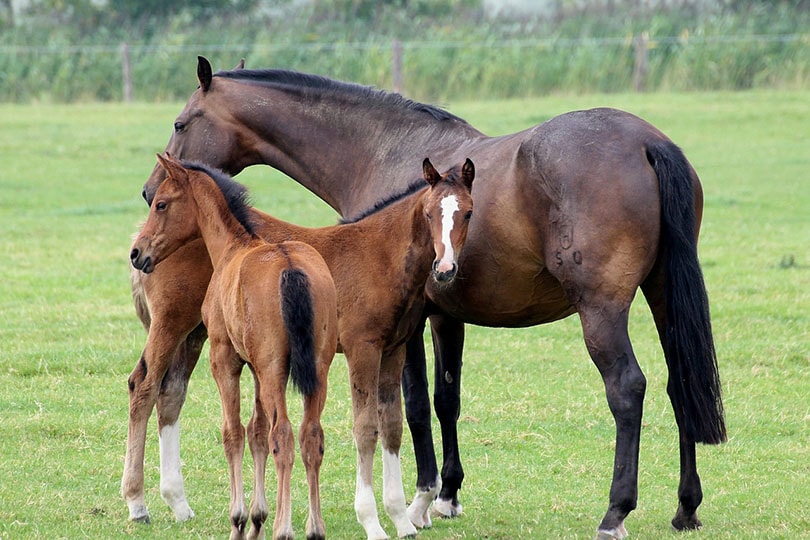
| Any horse under 1 year old |
A foal is any horse under the age of one. Foal is a gender-neutral term, like the word baby. Foals can be males or females.
Aged
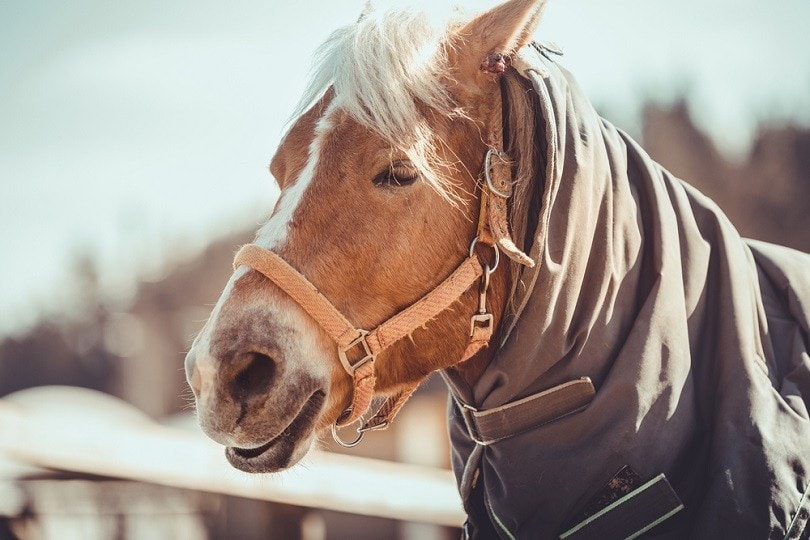
| Any horse under 15 year old |
Aged is a term applied to horses that are 15 years old or older. The term aged is often applied to another descriptor. For example, you might see an advertisement for an aged male or an aged gelding. That means that they are older than fifteen. Sometimes the term aged is used for horses whose exact age is not known.
Yearling
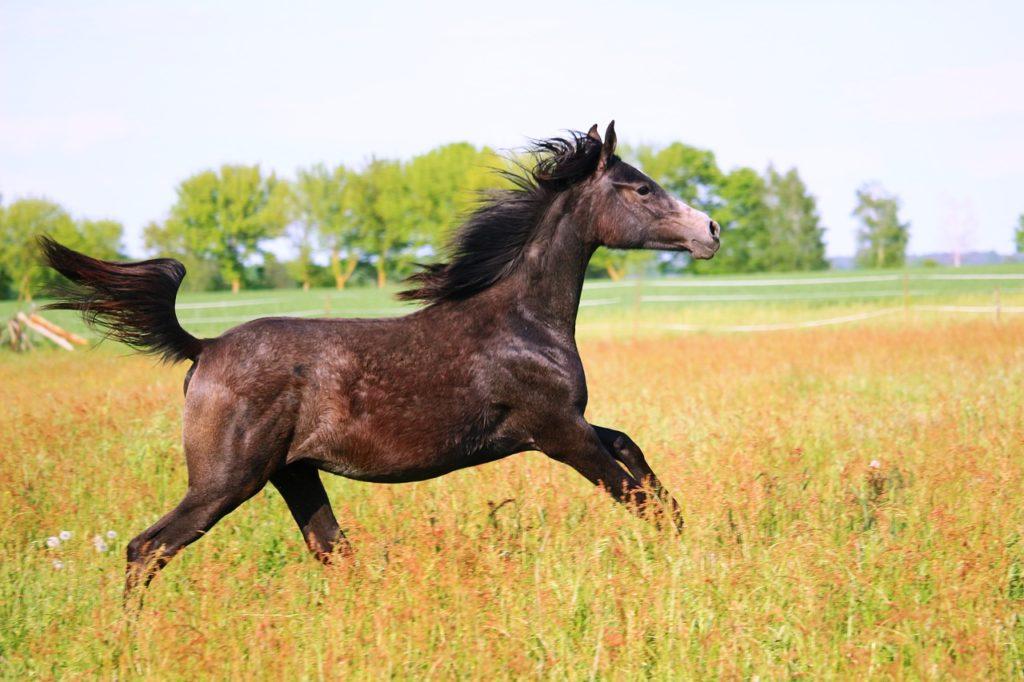
| Any horse 1 year old that has not reached age 2 |
A yearling is a horse that has reached 1 year of age but is not yet 2 years old. The term yearling is often used for people trying to sell horses. Yearlings are very desirable horses, as it is the ideal time to buy. You may see the word yearling used on its own or in conjunction with another descriptor, such as colt. You can find yearling colts, yearling fillies, and occasionally yearling geldings.
Conclusion
This guide covers all of the most common descriptors for horses. This is a non-exhaustive list. The horse world is old and complicated and filled with tradition. There are potentially dozens of other words and terms, including slang, that you may come across when dealing with horse trainers, owners, and breeders. However, these terms cover all of the basics and will get you started with almost everything you need to know.
Featured Image Credit: jean-pierre duretz, Pixabay









